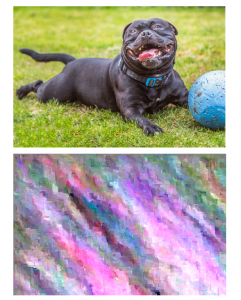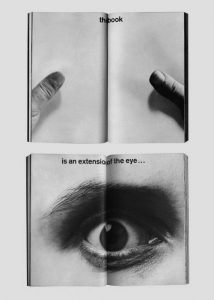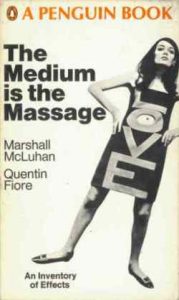According to Benjamin, how does mechanical reproduction change culture? What do you think are the consequences of digital reproduction on cultural expression today? Can a digital work have anything like an “aura? How does the culture of remix confirm of refute Benjamin’s ideas?
Benjamin thinks that mechanical reproduction is something that is new to everyone, creating something that isn’t just a reproduction. It’s changing time and the place point of view.
I think that the consequences of digital media is pushing things along much quicker then it needs to be. With the world today, every one is “go go go.” There is no time to absorb what is important with the experience you are doing at that point in time.
Digital work can have a aura. People create pieces to have deep meaning to them, and with the creator so passionate about what they are doing it creates a aura in itself. Many people can think of what they think the aura is because everyone’s point of view is different.
Remix is so many blends of tradition that in Benjamin’s argument he sees that tradition is changed through mechanical reproduction. Also creating remix you can forget tradition/time and place.










